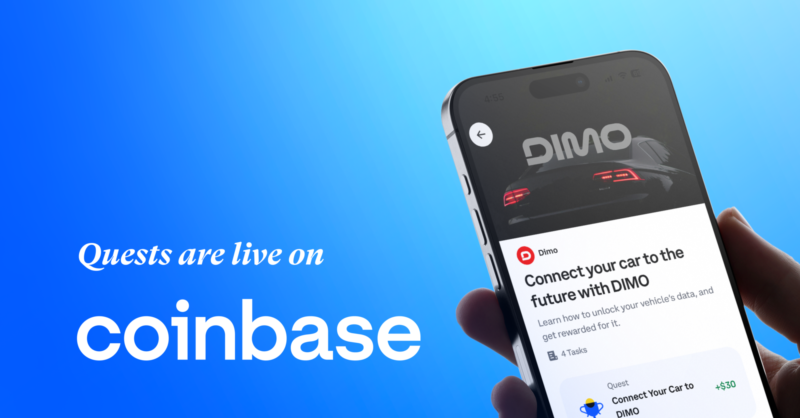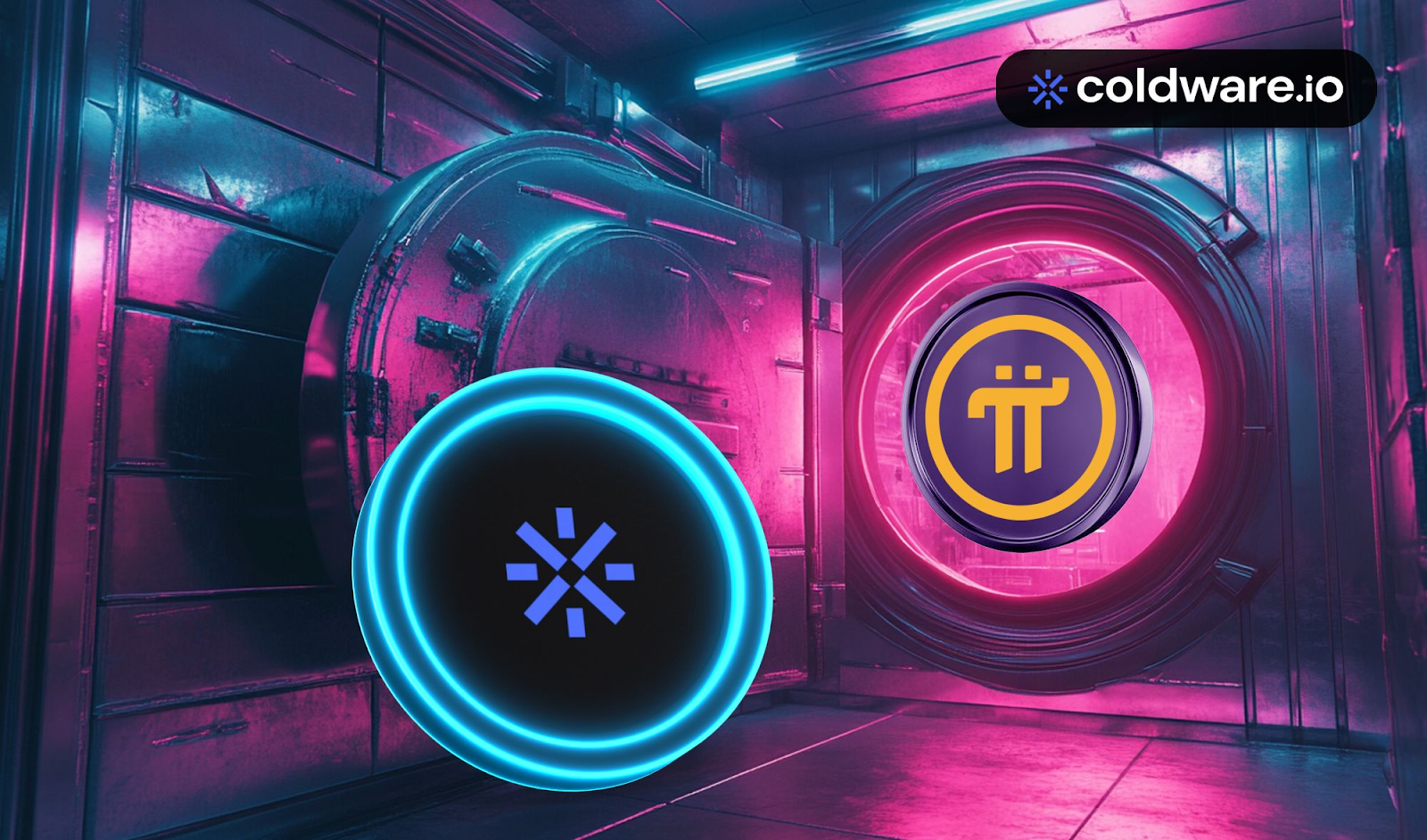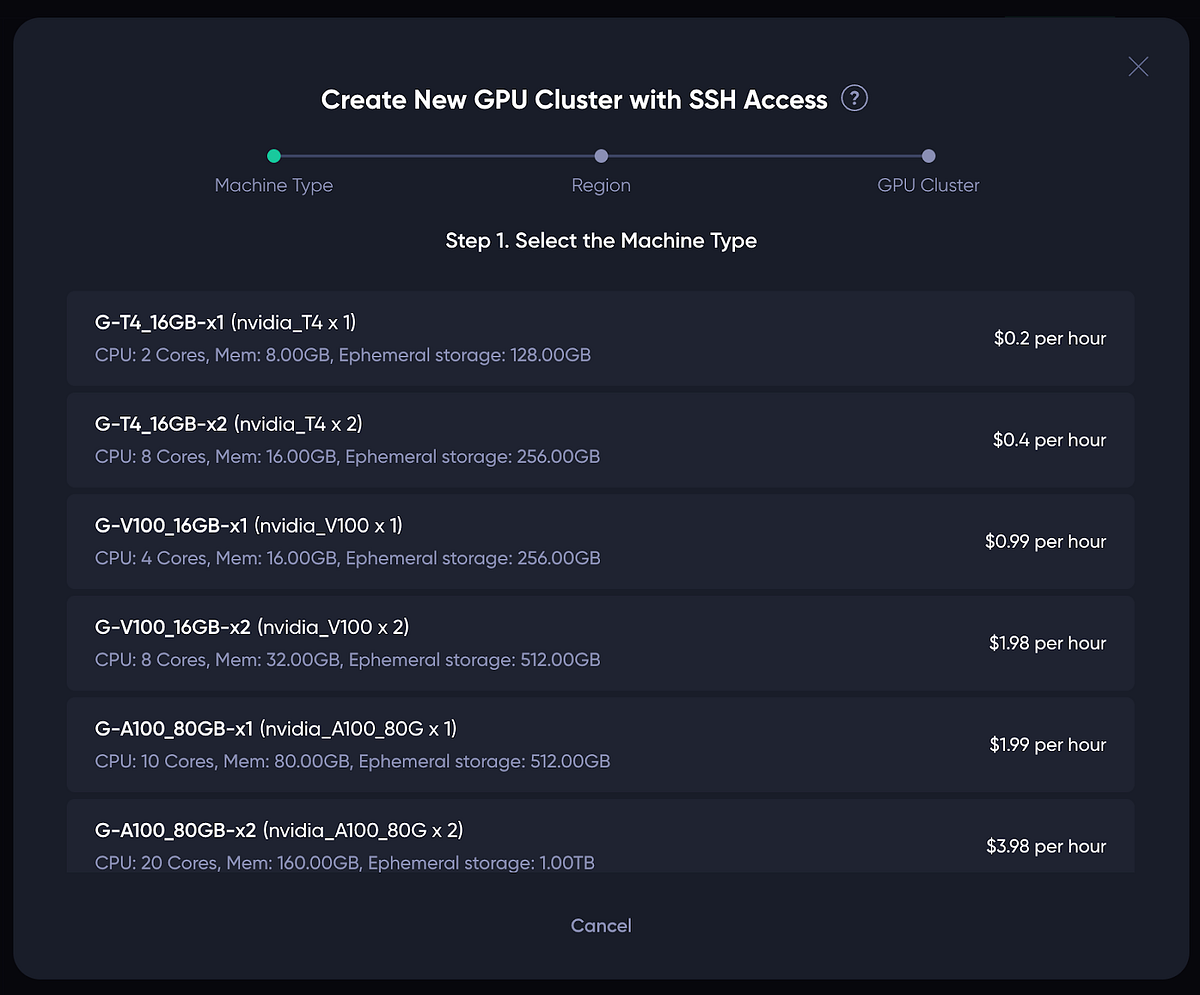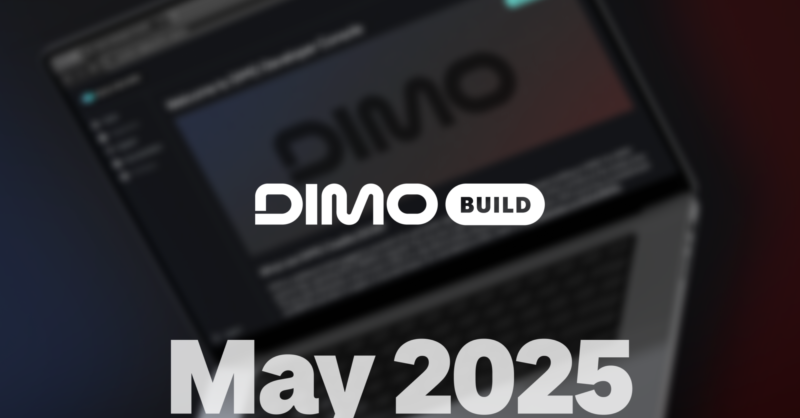Coinbase Launches DIMO Learning Rewards Initiative

Coinbase has launched a new initiative called Coinbase Learning Rewards, featuring three lessons and one quest focused on the DIMO project. This program provides users with an opportunity to engage with the onchain ecosystem while learning about innovative concepts in the automotive industry. By participating in these lessons, users will gain insights into DIMO’s mission to revolutionize vehicle ownership, how it empowers car owners to drive smarter, and the significance of vehicle data within an open mobility network. Upon completing the third lesson and its accompanying quiz, users will earn $DIMO tokens, setting the stage for the quest to connect a new vehicle to the DIMO network.
To participate in the DIMO Learning Rewards, users must first download the Coinbase app from either the iOS App Store or Google Play Store and create an account. Eligibility for the Learning Rewards campaign requires users to have completed identity verification and executed a trade within the app. After setting up their accounts, users can access the rewards portal from the main menu. Completing all three lessons unlocks the car connection quest, which requires users to enter their email address to link their DIMO account for reward disbursement. It is crucial to log in to DIMO with the same email to ensure rewards are credited correctly.
The quest’s completion is contingent upon the user’s vehicle, with specific requirements varying by manufacturer. Users can connect their vehicles either through existing software applications or by using DIMO’s hardware device, the LTE R1. For those purchasing the LTE R1, a discount code is available. To successfully complete the quest, users must connect a new vehicle with a unique VIN that has not been previously registered, as re-adding a vehicle will not count towards completion. Overall, this initiative aims to enhance user engagement and promote the DIMO mission within the crypto community.
Related News





